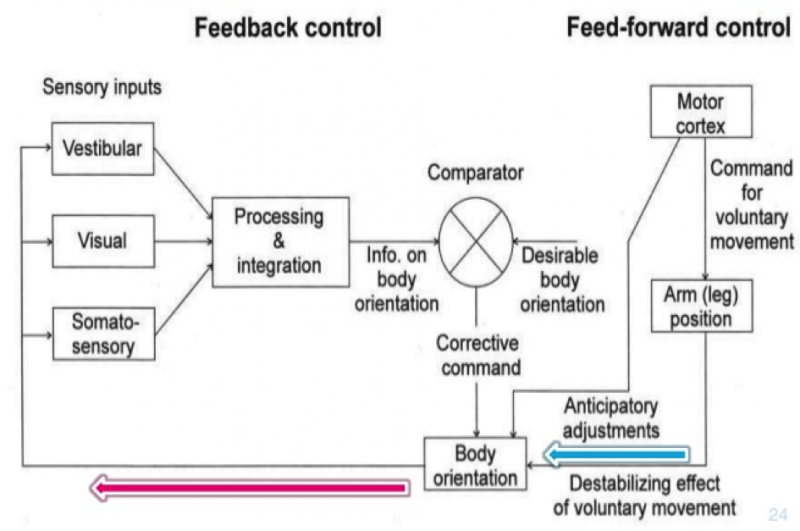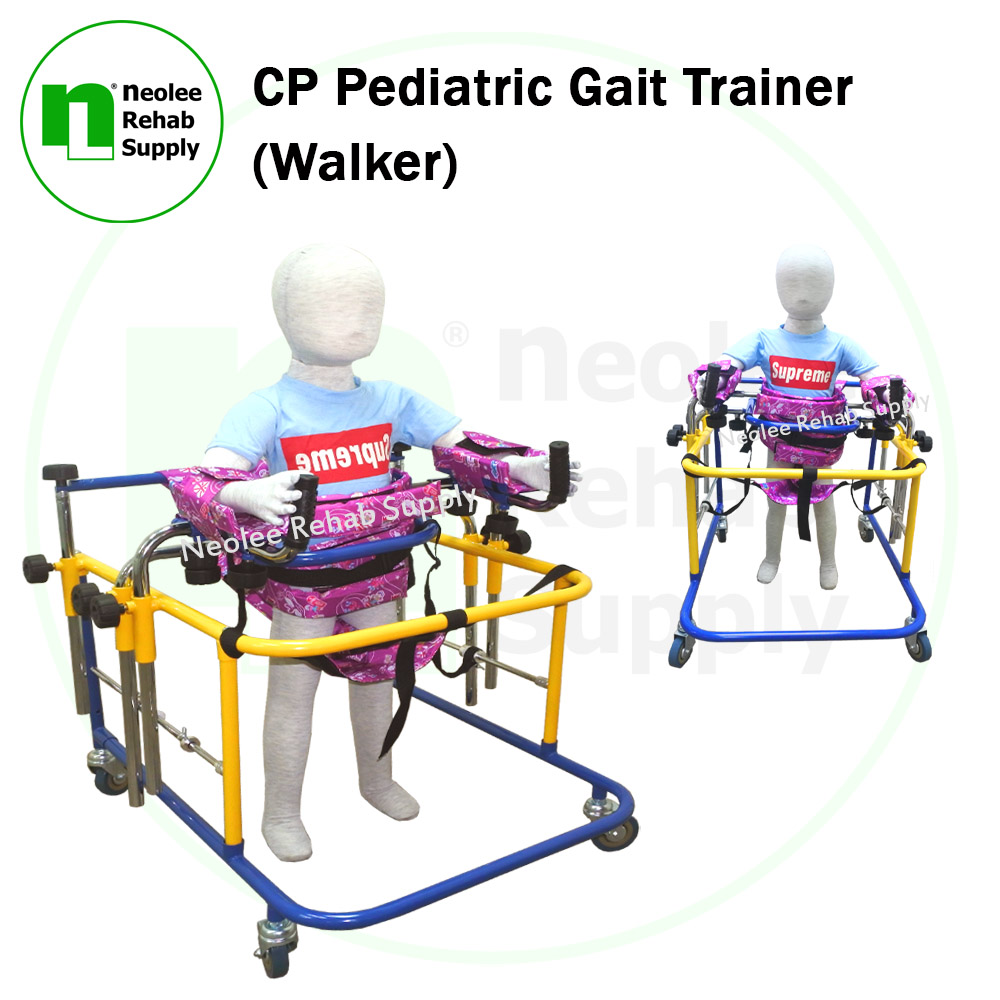Proper positioning is essential for children with cerebral palsy (CP), as it enhances comfort, promotes healthy posture, and supports daily activities. With the right equipment—like positioning chairs, standing frames, and mobility aids—children with CP can experience greater independence and improved well-being.
Children with cerebral palsy often experience muscle stiffness, poor posture, and limited mobility. Correct positioning:

Selecting the right rehabilitation tools is key to achieving proper positioning. At Neolee Rehab Supply Sdn Bhd, we offer a range of pediatric CP equipment designed to support children’s physical and emotional well-being.
Maintaining a stable sitting posture is essential for everyday tasks. Our Child CP Chair Frame is specially designed to help children sit upright comfortably. It features adjustable headrests, armrests, and footrests to accommodate different postures and reduce muscle strain.
For children transitioning from sitting to standing, the CP Sit-to-Stand Standing Chair Frame offers essential postural support while gradually strengthening muscles during the transition process.
✅ Benefits:
✔️ Encourages active sitting and engagement in daily activities
✔️ Supports proper spine alignment and prevents slouching
✔️ Adjustable features grow with the child
Standing plays a critical role in improving muscle strength and bone health. Our Child CP Standing Frame with Front Tilt Table provides essential weight-bearing support while allowing children to engage in activities like reading, playing, or therapy exercises.
For more advanced rehabilitation, the Electric Rehabilitation Tilt Table offers controlled positioning that gradually transitions from lying to standing, building strength and improving circulation safely.
✅ Benefits:
✔️ Promotes bone density and muscle strength
✔️ Reduces spasticity and improves posture
✔️ Adjustable tilt angles accommodate different therapy needs
Mobility is essential for both physical health and emotional well-being. The Joyride CP Stroller is lightweight and portable, perfect for both everyday use and outdoor adventures. With adjustable seating and secure harnesses, it provides both comfort and safety.
For children requiring long-term sitting support, the Tilt-in-Space Wheelchair offers customizable positioning that reduces pressure and prevents fatigue. Its tilt feature helps redistribute weight, improving comfort during extended use.
✅ Benefits:
✔️ Enables independent mobility and social interaction
✔️ Supports long-term sitting with adjustable posture control
✔️ Lightweight, ergonomic designs for easy transport
Monitoring the child’s progress helps ensure that positioning techniques are effective. Key performance indicators (KPIs) include:
At Neolee Rehab Supply Sdn Bhd, we are committed to helping children with cerebral palsy achieve greater comfort, mobility, and independence. Our range of CP positioning chairs, standing frames, and mobility aids is designed to meet each child’s unique needs.
📞 Contact us today to speak with our team of experts and find the perfect solution for your child’s rehabilitation journey.
🔗 Browse our full range of pediatric equipment and start transforming your child’s daily life!


 China
China